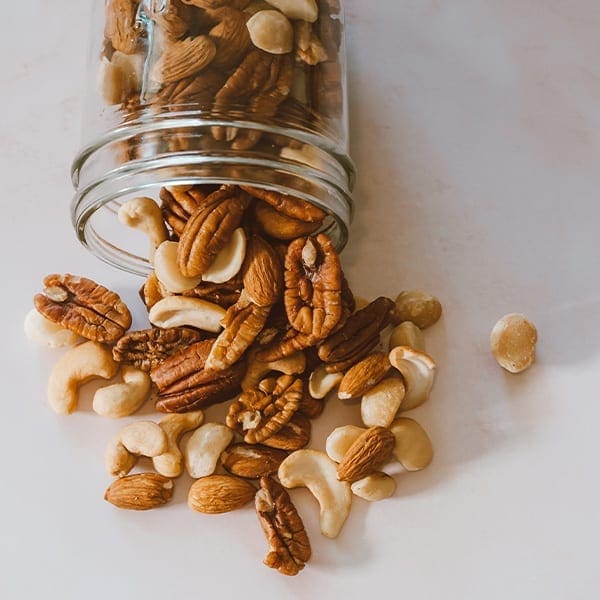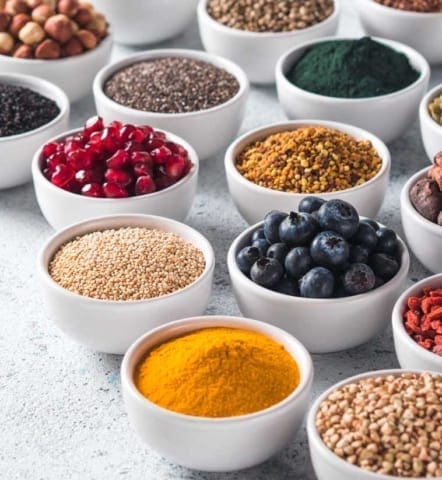Glycaemic Index (GI) is a ranking of foods based on their rate of release of sugar into the bloodstream. Glucose is given a GI value of 100 and other foods are ranked against this number.
Therefore, the lower the GI of a food; the steadier or slower the release of sugar from that food and the better that is for you. However, if you have purely low GI foods in your diet, it is unlikely to be a balanced one.
I strongly believe that this is a concept that should be taught to everyone at school. What I love about this, is that it allows you to identify healthier alternatives (as far as sugar release goes) by simply looking at a comprehensive chart. It is a brilliant educational tool, for e.g. did you know that Cornflakes have a higher GI value than Coco Pops?!

Please note a few key points:


- A low-GI food may still be high in other components eg fat. For example, salted peanuts are very low on the index but are clearly high in salt and also fat (although some of this is healthier fat).
- Try and keep the overall GI value of a meal as low as possible by balancing high GI foods with some of low value.
- GI compares the glycaemic effect of an amount of food containing 50g of carbohydrate but in real life we eat different amounts of food containing different amounts of carbohydrate.
 Close
Close
Key benefits

- Less sugar peaks after a meal. This means you will feel less drowsy (you will appreciate this if you are prone to a post-sandwich snooze in the afternoon). There are more important benefits to your metabolism and you will be less likely to store away sugar if released more slowly into the bloodstream.
- Shown to be associated with lower risk of heart disease and improved “good” cholesterol levels
- Particularly useful if you are diabetic!
- Very helpful as part of a weight loss strategy
 Close
Close





































































